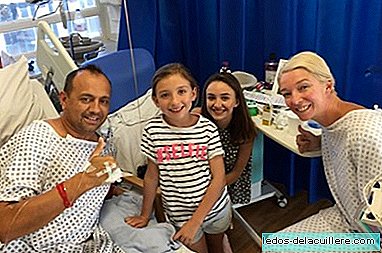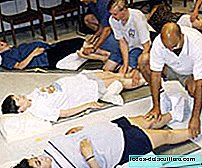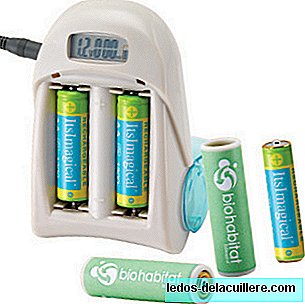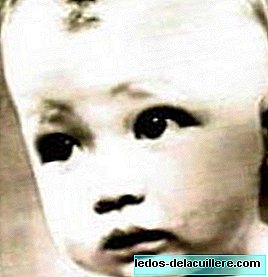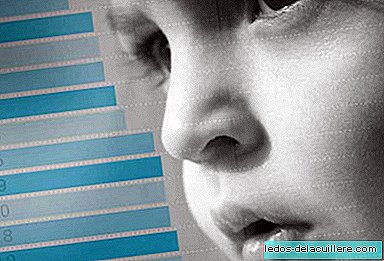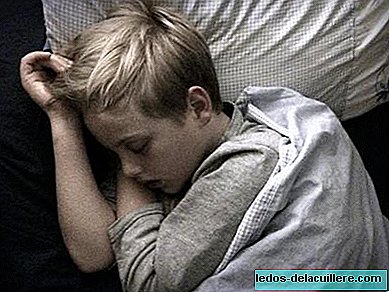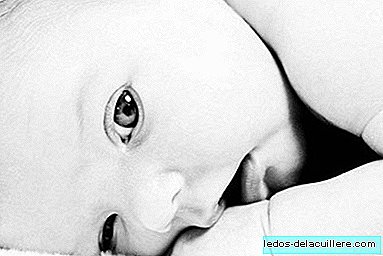
Babies at birth have already lived for nine months and especially in the last stage of pregnancy they have received very different stimuli. Therefore, when they are born, they already have certain behaviors, "spontaneous behaviors". The Brazelton neonatal scale is an evaluation instrument created by Terry Brazelton, American pediatrician, in 1973.
This pediatrician and his collaborators sought to assess the quality of the child's response and the amount of stimulation he needs. To do this, it takes into account visual, motor and auditory patterns.
The central idea of Brazelton is that the newborn is a competent and active being, able to respond to the stimuli of the environment, and highlights the significant and predictive value of the evaluation of their behavioral responses. The scale that bears his name is one of the most indicated both for the early detection of deficits and for the detection of their emerging capabilities.
Given the interactive nature of the test, its utility to favor the link between the newborn and his parents, thus improving the development of the child.
The Brazelton scale is an interactive evaluation technique that is usually applied three or four days after the birth of the child, but it is not mandatory for health centers or hospitals.
It is not comparable with the Apgar test, which evaluates variables such as heart rate, respiration, color, reflexes and gives an index at the minute of birth, comparing it with the subsequent 5 minutes. Brazelton's neonatal scale evaluates more variables and qualitatively.

Phases of the Brazelton scale
The Brazelton scale includes two types of items, 35 behavioral and 18 reflexes. The scale is applied differently at times of wakefulness or sleep, and includes the following phases or sections (their enumeration and grouping varies according to the different reviews of the authors):
Autonomic nervous system: integrates the basic functions of the organism, regulation of respiration and temperature.
State Regulatory System: is the ability of the newborn to regulate their states of consciousness. For example, the habituation mechanism evaluates the decrease in response. Pretend that the child is able to continue sleeping despite the presentation of slight stimuli (light, touch, sound, uncover the sheets ...).
Motor-oral: the objective is to evaluate the reflexes of suction, foot and search of the child. Also evaluate the muscle tone of arms and legs and plantar muscle tone.
Trunk: it has the objective of evaluating aspects such as undressing, motor reflexes… Actions: evaluating the palmar pressure, the provoked incorporation (pulling the child to exert force and incorporate), step reflexes, straightening and walking.
Vestibular: aims to evaluate manipulation, stimulation and reflexes. Actions: evaluate defensive movements (using the stimuli that were used in the habituation phase), the tonic neck reflex and the moro reflex.
Social-Interactive: This phase aims to assess the orientation and stimulation of consciousness. Actions: evaluate the visual-animated orientation (a person) and visual-inanimate (a moving object); evaluate animated auditory orientation (person, words addressed to the child) and inanimate (object that causes sounds); evaluate visual and auditory orientation (simultaneous); evaluate the ability to be comforted (does he comfort himself, stop crying, or does one of the parents need to go?).
Thanks to Brazelton's research, and especially the results obtained in the social-interactive phase, it has been shown for years that there are some social behaviors of the baby and that the more contact he has, the better growth and development.
The test shows, among other things, how the baby recognizes his mother's voice, loves human faces and attracts much more attention than inanimate objects. They also prefer human voices over any auditory stimulus.
Definitely, the Brazelton scale to assess newborn behavior It offers interesting results and can be used to detect deficiencies that would be treated early.


